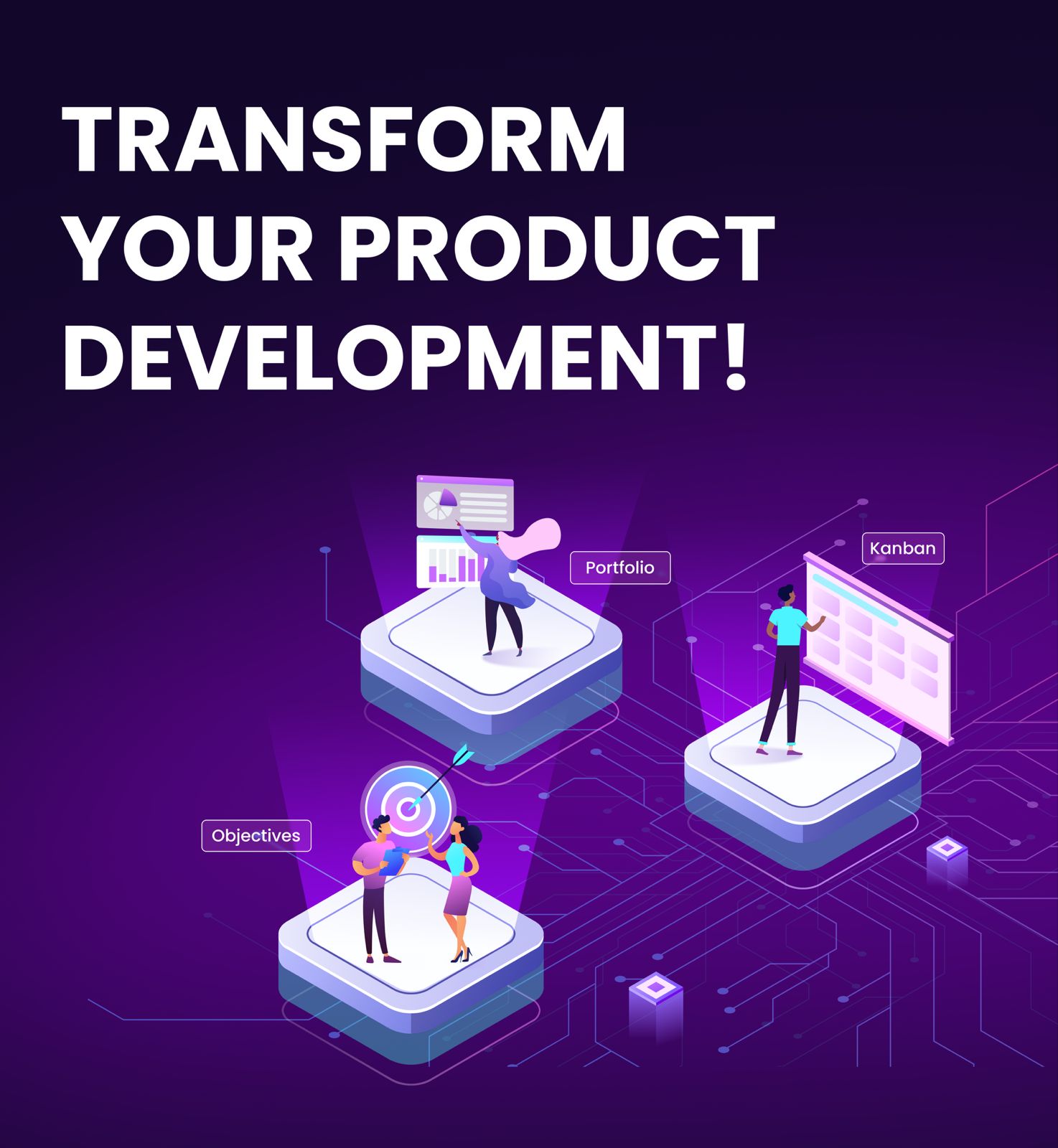Leveraging Jobs to be Done (JTBD) for Startup Scaling Success
In the fast-paced world of startups, scaling is both an exciting opportunity and a daunting challenge. As founders and entrepreneurs, we're constantly seeking innovative ways to grow our businesses and capture larger market shares.
One powerful framework that has gained significant traction in recent years is Jobs to be Done (JTBD). This approach offers a unique lens through which we can understand our customers' motivations and design products that truly resonate with their needs.
In this blog post, we'll explore how JTBD can be a game-changer for startups looking to scale effectively.
Understanding Jobs to be Done (JTBD)
At its core, JTBD is a framework that focuses on the fundamental reason why customers "hire" a product or service. Instead of concentrating on customer demographics or product features, JTBD delves into the underlying job that customers are trying to accomplish. This shift in perspective can lead to breakthrough insights and innovation opportunities.
The key principle of JTBD is that people don't simply buy products; they hire them to get a job done. For example, a person doesn't just buy a drill; they hire it to create holes in walls. Understanding this distinction allows startups to create solutions that address the real needs of their customers, rather than getting caught up in feature wars or superficial differentiators.
Why JTBD Matters for Scaling Startups
- Enhanced Product-Market Fit For startups looking to scale, achieving and maintaining product-market fit is crucial. JTBD provides a framework for deeply understanding customer needs, allowing startups to refine their offerings and ensure they're solving real problems. This alignment between product and market needs is essential for sustainable growth.
- Improved Customer Acquisition By focusing on the jobs customers are trying to accomplish, startups can craft more compelling marketing messages. Instead of highlighting features, marketing efforts can emphasize how the product helps customers achieve their goals. This approach often resonates more strongly with potential customers, leading to more effective acquisition strategies.
- Increased Customer Retention When a product truly fulfills a customer's job to be done, it becomes indispensable. This leads to higher retention rates and increased customer loyalty, both of which are critical for scaling startups. Satisfied customers are also more likely to become brand advocates, fueling organic growth.
- Identification of New Market Opportunities As startups scale, they often look for ways to expand their product lines or enter new markets. JTBD provides a framework for identifying adjacent jobs that customers are trying to accomplish, potentially revealing new product opportunities or market segments.
- More Efficient Resource Allocation By focusing on jobs rather than features, startups can prioritize their development efforts more effectively. This helps in allocating limited resources to areas that will have the most significant impact on customer satisfaction and business growth.
Implementing JTBD in Your Scaling Startup
- Conduct Job-Focused Customer Research Start by conducting in-depth interviews with your customers. Instead of asking about product features, probe into the circumstances that led them to seek out a solution. What were they trying to accomplish? What obstacles did they face? This research will provide valuable insights into the jobs your customers are hiring your product to do.
- Create Job Stories Based on your research, develop job stories that capture the essence of what your customers are trying to achieve. A job story typically follows this format: "When [situation], I want to [motivation], so I can [expected outcome]." These stories provide a clear, actionable understanding of customer needs.
- Map the Customer Journey Use JTBD principles to map out the entire customer journey, from the moment they realize they have a job to be done to the point where they hire your solution. This exercise can reveal pain points and opportunities for improvement throughout the customer experience.
- Align Product Development with Jobs Ensure that your product roadmap is aligned with the jobs you've identified. Prioritize features and improvements that directly contribute to helping customers accomplish their jobs more effectively.
- Refine Marketing and Sales Strategies Revamp your marketing and sales approach to focus on the jobs your product helps customers accomplish. This might involve rewriting website copy, adjusting sales pitches, or creating new content that speaks directly to customer motivations.
- Continuously Validate and Iterate As your startup scales, continue to validate your understanding of customer jobs. Markets evolve, and new jobs may emerge. Regular JTBD research will help you stay ahead of changing customer needs.
Overcoming Challenges in Implementing JTBD
While JTBD can be a powerful tool for scaling startups, there are challenges to its implementation:
- Overcoming Product-Centric Thinking Many startups are founded by passionate individuals with a vision for a specific product. Shifting to a jobs-focused mindset can be challenging but is essential for scalable growth.
- Balancing Short-Term and Long-Term Jobs Customers often have immediate jobs they need to accomplish, as well as long-term aspirations. Scaling startups need to find a balance between addressing current needs and positioning themselves for future opportunities.
- Avoiding Over-Segmentation While JTBD can reveal nuanced customer needs, it's important not to create too many narrow job definitions. This can lead to fragmented product development efforts and diluted market positioning.
- Maintaining Focus as You Scale As startups grow, there's a temptation to broaden the scope of jobs addressed. While expansion is often necessary for scaling, it's crucial to maintain focus on core jobs to preserve the essence of what made the startup successful initially.
The Future of JTBD for Scaling Startups
As we look to the future, JTBD is likely to become even more critical for startups looking to scale. Here are some trends to watch:
- AI and Machine Learning Integration Advanced AI tools will allow startups to analyze vast amounts of customer data to identify emerging jobs and predict future needs. This will enable more proactive product development and market positioning.
- Personalized Job Fulfillment As technology evolves, startups will be able to offer increasingly personalized solutions tailored to individual customer jobs. This level of customization can be a significant differentiator in crowded markets.
- Cross-Industry Job Analysis Startups that can identify similar jobs across different industries may find unique scaling opportunities by adapting their solutions to new markets.
- Sustainability-Focused Jobs As environmental concerns become more pressing, startups that can align their offerings with sustainability-related jobs are likely to find significant scaling opportunities.
Bridging to Scaleup Methodology
The Jobs to be Done framework aligns seamlessly with the Scaleup Methodology's emphasis on customer-centric product development and innovation.
By incorporating JTBD into the PRODUCT pillar of the Scaleup Methodology, startups can enhance their product discovery processes, refine their go-to-market strategies, and create more impactful features.
This integration ensures that as startups scale, they remain focused on solving real customer problems, ultimately driving sustainable growth and market leadership.
Conclusion
Jobs to be Done (JTBD) offers a powerful framework for startups looking to scale effectively. By focusing on the fundamental reasons why customers hire products or services, startups can create more compelling offerings, improve customer acquisition and retention, and identify new growth opportunities. While implementing JTBD requires a shift in thinking and some challenges to overcome, the potential benefits for scaling startups are substantial.
As you apply JTBD principles to your startup, remember that it's not about abandoning all other forms of customer research or product development methodologies. Instead, JTBD should be seen as a complementary approach that provides a unique and valuable perspective on customer needs and market opportunities.
By embracing JTBD, scaling startups can position themselves for sustainable growth, creating products that truly resonate with customers and stand out in competitive markets. As you navigate the exciting journey of scaling your startup, let the jobs your customers need to accomplish be your guide to innovation and success.
Disclaimer
This blog post was initially generated using Inno Venture AI, an advanced artificial intelligence engine designed to support digital product development processes. Our internal team has subsequently reviewed and refined the content to ensure accuracy, relevance, and alignment with our company's expertise.
Inno Venture AI is a cutting-edge AI solution that enhances various aspects of the product development lifecycle, including intelligent assistance, predictive analytics, process optimization, and strategic planning support. It is specifically tailored to work with key methodologies such as ADAPT Methodology® and Scaleup Methodology, making it a valuable tool for startups and established companies alike.
Inno Venture AI is currently in development and will soon be available to the public. It will offer features such as intelligent product dashboards, AI-enhanced road mapping, smart task prioritization, and automated reporting and insights. If you're interested in being among the first to access this powerful AI engine, you can register your interest at https://innoventureai.com/

Take The Test

Sign Up
You May Also Like
These Related Stories

Funding Strategy: Building a Capital Roadmap for Scaling Startups

Financial Forecasting for Value Stream-Based Startups

